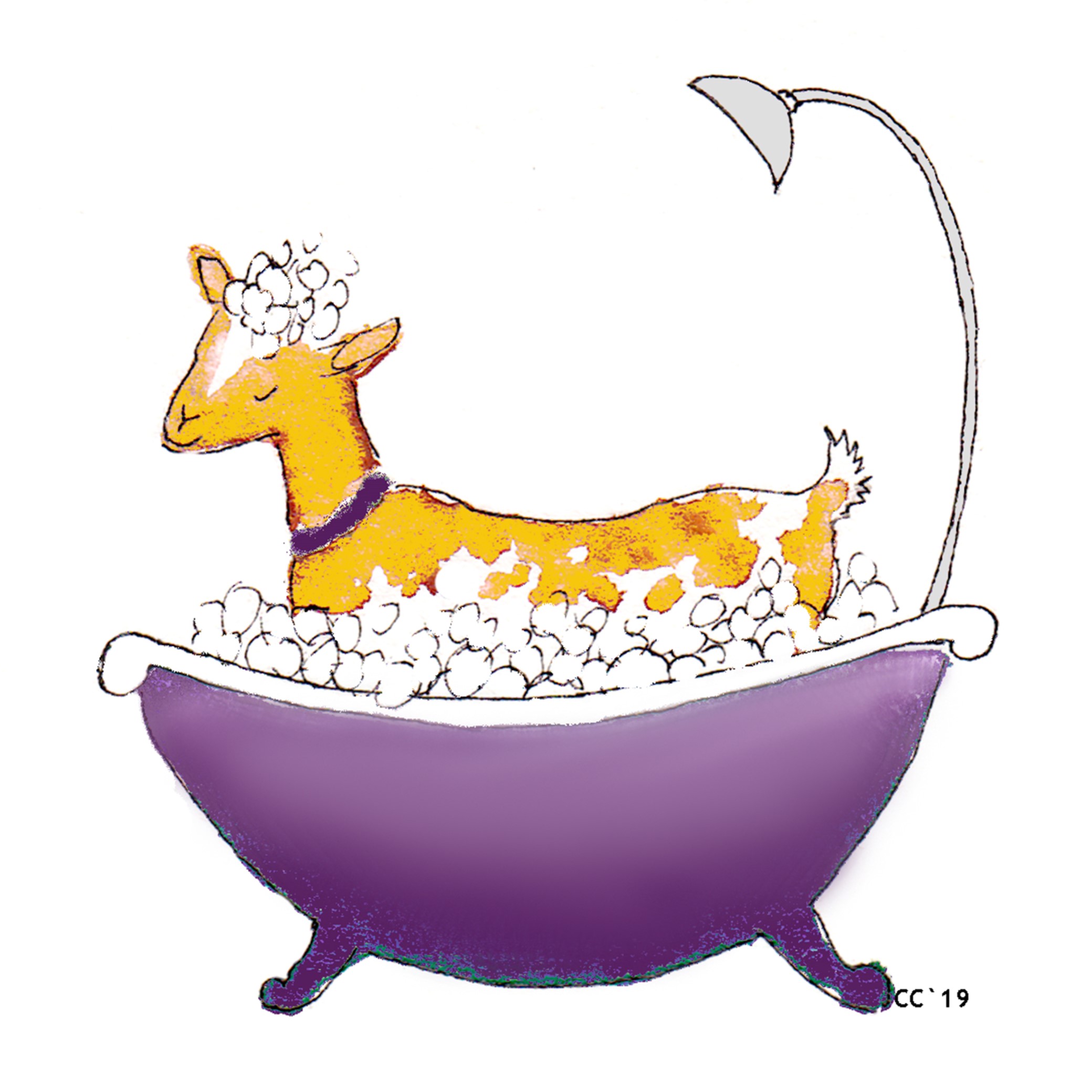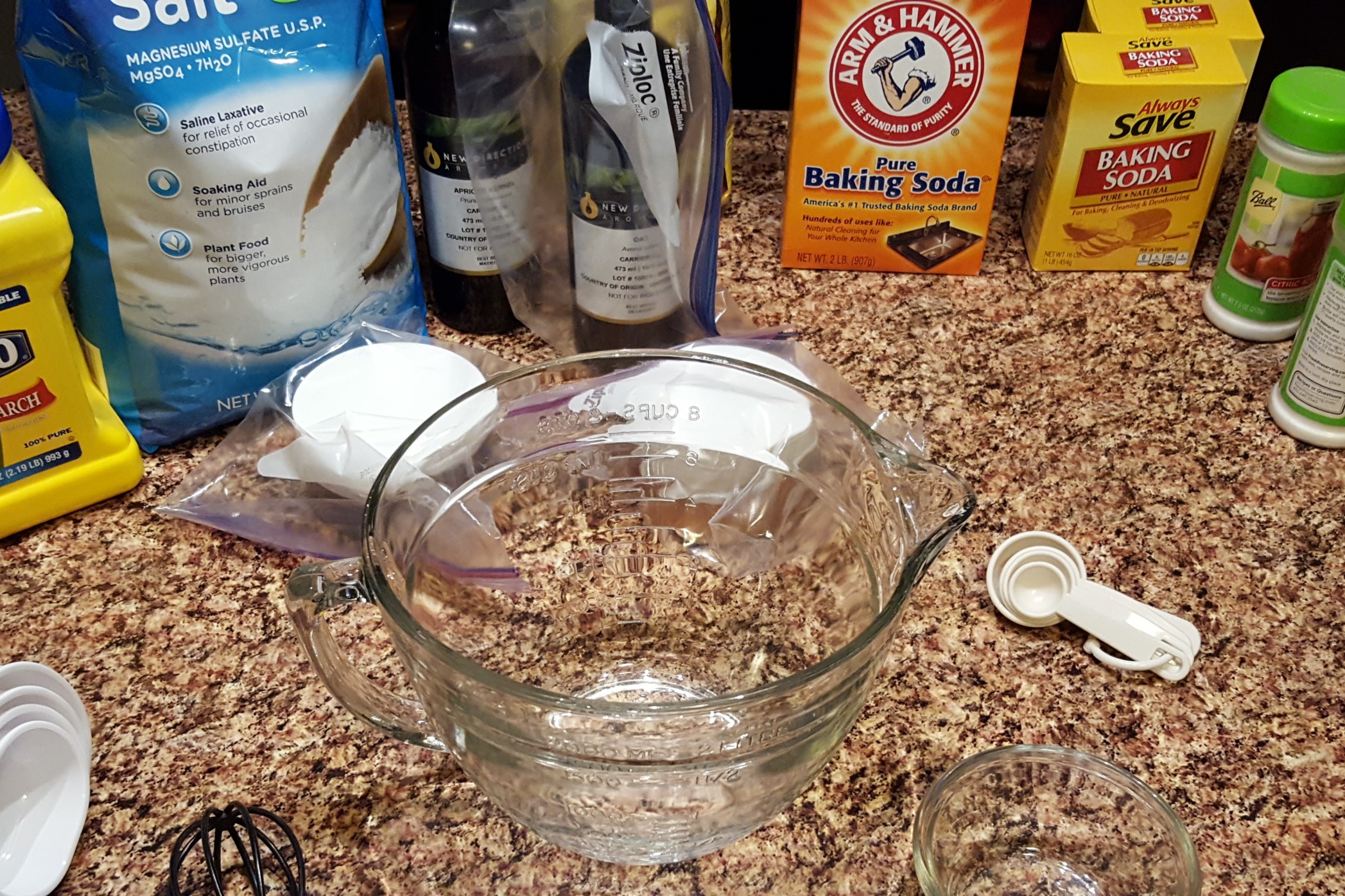 Sodium Hydroxide (NaOH), also known as lye, is a necessary ingredient for traditional cold process soap. It is the catalyst for converting the oils into usable soap. You cannot have traditional soap without it. No need to panic when you see it in the ingredient list.
Sodium Hydroxide (NaOH), also known as lye, is a necessary ingredient for traditional cold process soap. It is the catalyst for converting the oils into usable soap. You cannot have traditional soap without it. No need to panic when you see it in the ingredient list.
Isn’t lye dangerous? Yes. I use personal protective equipment (goggle, gloves, sleeves, etc) when measuring and working with the lye.
Isn’t lye poisonous? Yes. Lye should never be ingested.
Will there be any lye left in the soap? No. All of the lye is converted during the saponification process. Recipes for soap are calculated so that all of the lye is used and a small percentage (like 5-7%) of the oils are left behind.
Sodium Hydroxide
NaOH may also be used in minute quantities to lower the acidity and thereby altering the pH of other products such as shampoo.
Sodium Hydroxide is an inorganic chemical compound used for cleaning, in food, for making paper, and in various other industries.

